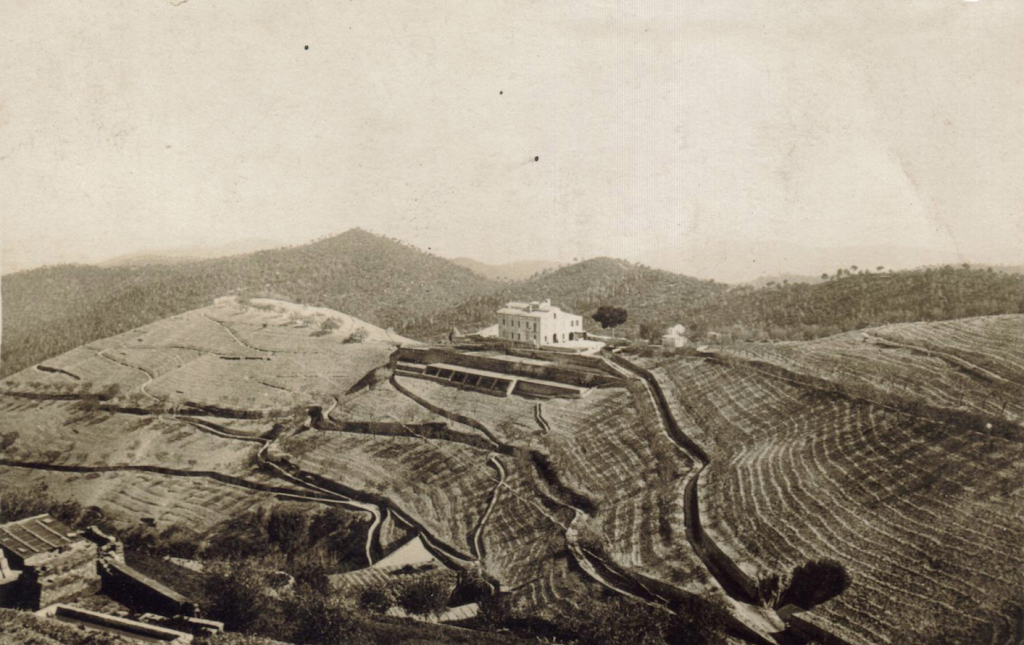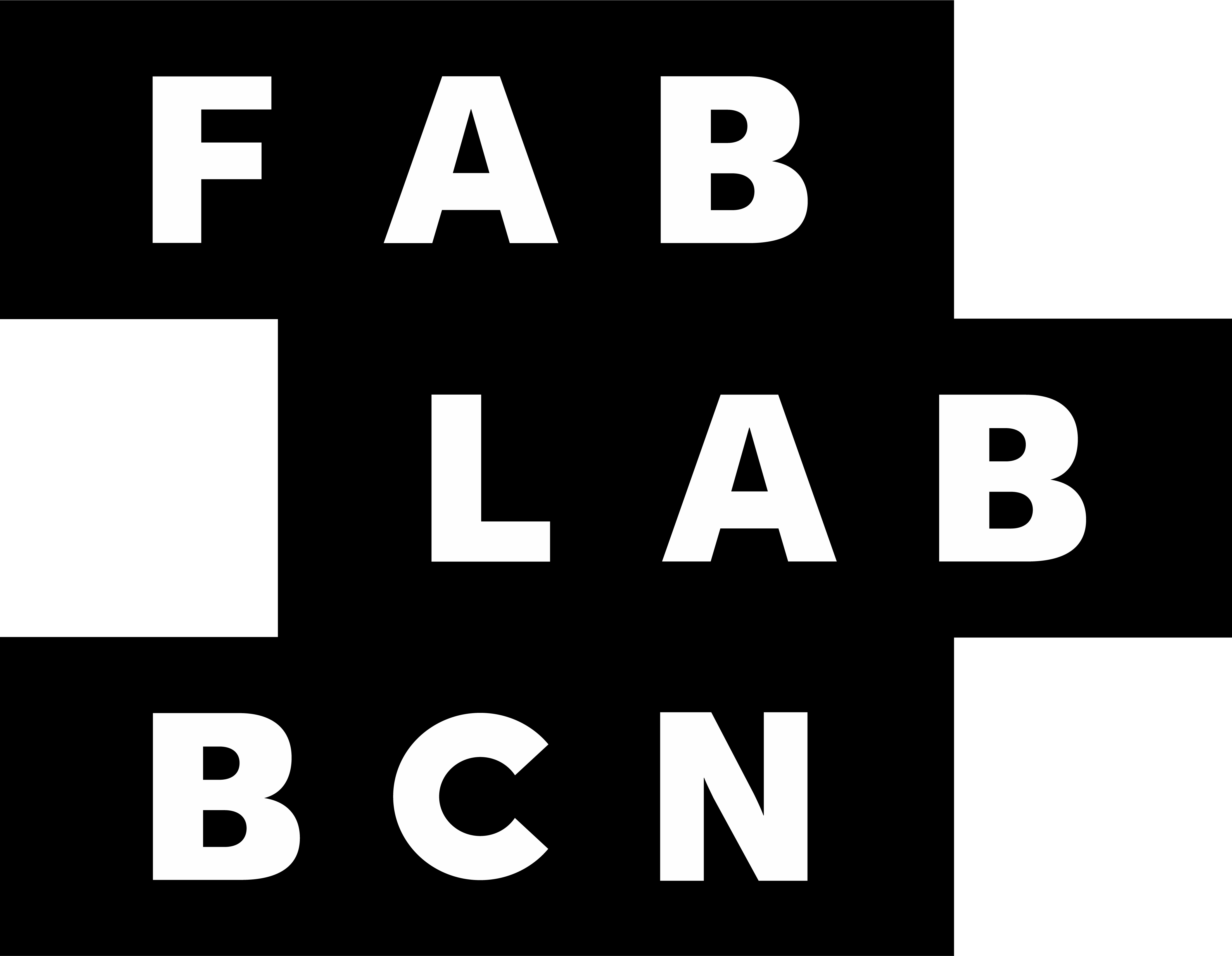
More than 850 years of history
Valldaura is a magical place, a land where the telluric forces have entered into resonance with time and weather and human history, with over 850 years of settlement by the monks, kings, knights and citizens who built this place.
The history of Valldaura is one of successive periods of progress and decline since the 12th century. A Cistercian monastery in 1150, a royal palace of the Crown of Aragon in 1297, a district of Barcelona from 1517, a farm since 1888 and now a research centre (2010).
Valldaura is about connecting age-old ancestral knowledge with the most advanced technologies.
Chronology
- 1150. Monks from the monastery of La Grande Forêt, in Toulouse, established the first Cistercian settlement and built a monastery in Valldaura.
- 1169. With the founding of the monastery of Santes Creus, in Tarragona, Valldaura became a linked property.
- 1297. James II, grandson of James I, creates a hunting palace. Valldaura belonged to the Crown of Aragon until 1475, but the exact date of its acquisition is not known.
- 1326. James II gave the land to Queen Elisenda, who wished to found a monastery, but she finally decided to establish it in Pedralbes.
- 1327. Valldaura became a hunting ground of Alfonso III (1327-1336), Peter III (1336-1387) and John I (1380-1396). In 1351 the king purchased a piece of land from Pere Desmàs to expand the estate.
- 1376. The Crown purchased the house from the Marimón family, sold it in 1380 and purchased it again in 1398.
- 1396. In his will, John I attempted to make Valldaura a Carthusian monastery.
- 1396. King Martin the Elder spent long periods in Valldaura and made major extensions to the palace, but from 1406 on built another palace, Bellesguard, where he died in 1410.
- 1410. Ferdinand I (1413-1416) and Alfonso V (1416-1458) of the house of Castile paid little attention to Valldaura. Peter IV of Portugal, grandson of James II, Count of Urgell (the loser in the Compromise of Caspe), enthroned by the Generalitat during the War of the Remences (1464-1466), ceded more land to Valldaura.
- 1475. John II (1458-1479) gave Valldaura to Fernando Girón de Rebolledo, viceroy of Cerdanyola from 1508 to 1514.
- 1517. A claim by Monsignor Perot Miquel results in the Valldaura house being awarded to the priest and Dr. Joan Pasqual, in respective shares of one third and two thirds.
- 1549. The Barcelona notary Joan Llorenç Calça, who had inherited from his uncle the lawyer Joan Pasqual, passes the Valldaura estate to his son Francesc Calça on his wedding with Anna d’Ager.
- 1549-1601. Valldaura is owned by Francesc Calça, professor at the University of Barcelona, poet, administrator of the Drassanes royal shipyards and Councillor in Chief of the Consell de Cent (1582), who wrote the first history of Catalonia (1570-1586) and died a priest.
- 1553. In the census of the provinces and possessions of the Crown of Castile, Valldaura is listed as an independent entity consisting of three ‘homes’.
- 1601. The Hospital of Sant Pau i la Santa Creu, at that time located in carrer Hospital in Barcelona, receives the property in inheritance and administers it until the Ecclesiastical Confiscations of Mendizábal (ca. 1720). In the Catalan population statistics, Valldaura is listed as a district, with 3 homes and 13 residents, in the first decade of the 18th century.
- 1724. Valldaura becomes part of the township of Mataró, as registered in El Corregidor en Catalunya.
- 1787. In the Census of the Count of Floridablanca, Valldaura is listed as a district with 23 inhabitants.
- 1827. Valldaura has 3 homes, 14 inhabitants and a parish church.
- 1833. In the territorial division of Spain, Valldaura is assigned to Barcelona.
- 1836. In the Ecclesiastical Confiscations of Mendizábal the Church lost most of its properties; Valldaura was probably divided up and sold, and became part of the municipality of Cerdanyola. The present-day division and the boundary stones in the northern part of the property are almost certainly from this time.
- 1854. Ramón Salvador is listed as the owner of Valldaura according to the millage or property tax entry in the Cerdanyola municipal of. The entry refers to woodland.
- 1888. The new house of Valldaura is constructed on the basis of the old stone structure by the wealthy miller Francesc Guardiola from the Sant Andreu district of Barcelona. Guardiola also builds a kiln to make bricks for the estate.
- 1894. An article in La Vanguardia claims that Valldaura was where Wilfred the Hairy was wounded, though this assertion is rejected by other authorities.
- 1902. The Valldaura house is extended.
- 1913. On the death of Francisco Jubany Guardiola the house is inherited by his children.
- 1932. The millage or property tax entry lists Valldaura, with its vines, woodland and irrigation, as owned by Francesc Guardiola (son), and names the current tenant farmers.
- 1936. The estate was confiscated until February 1937
- 1975 (approx). New tenant farmers took over the lease.
- 2008. IaaC commences activities in Valldaura and subsequently purchases the estate in 2010




